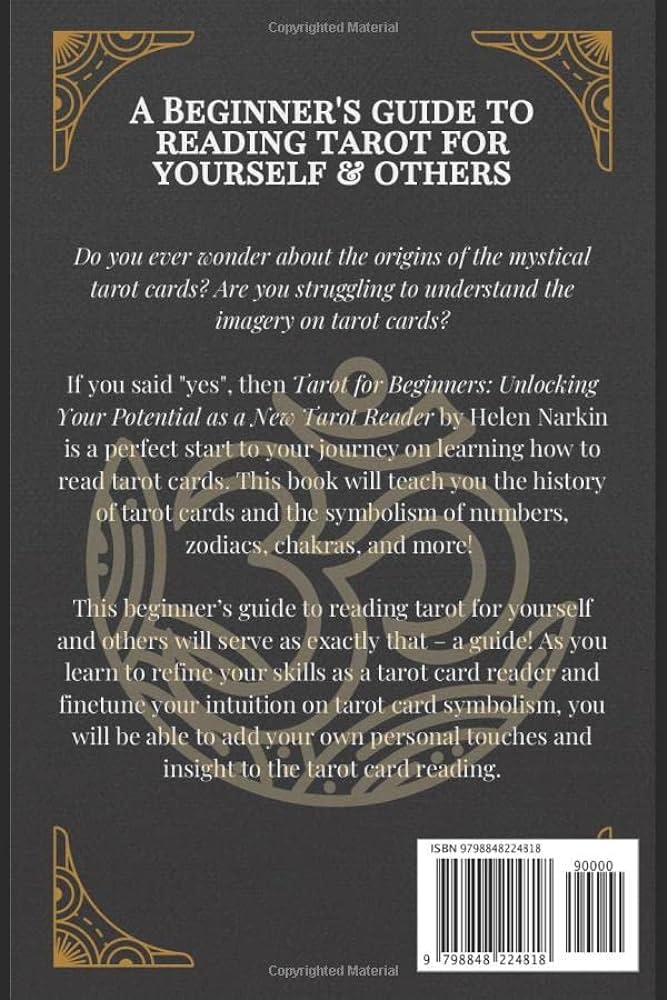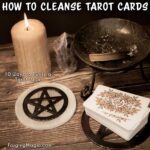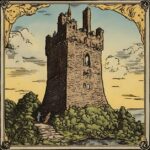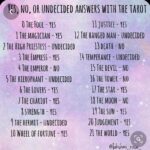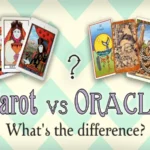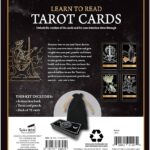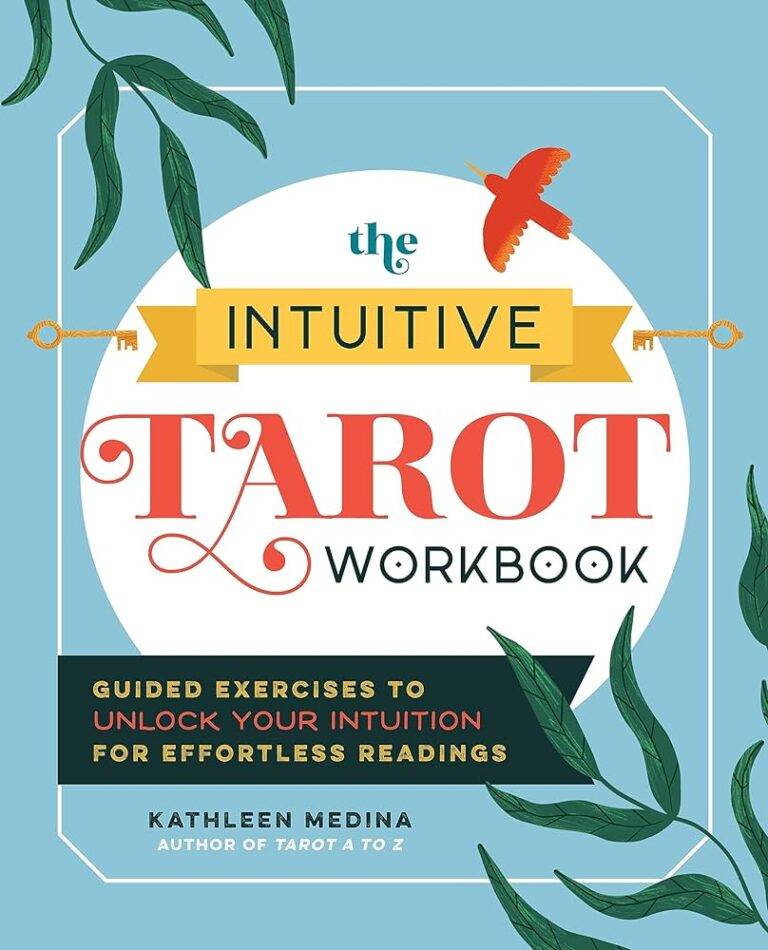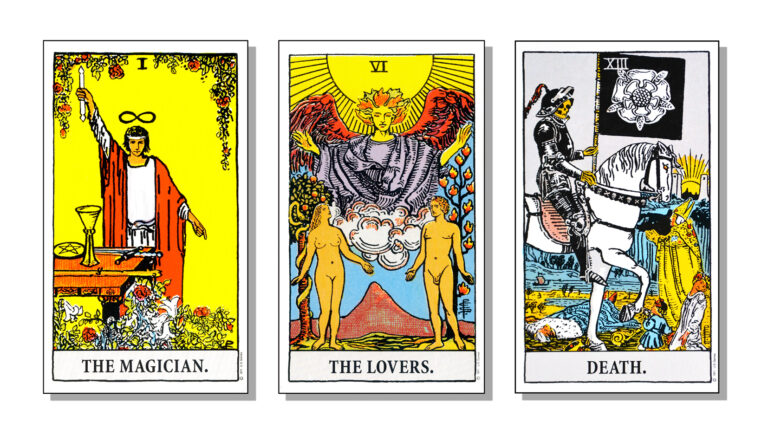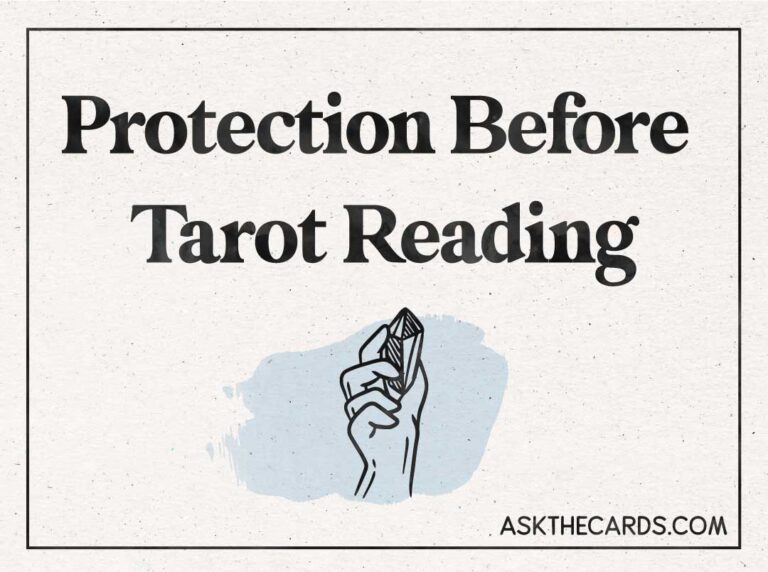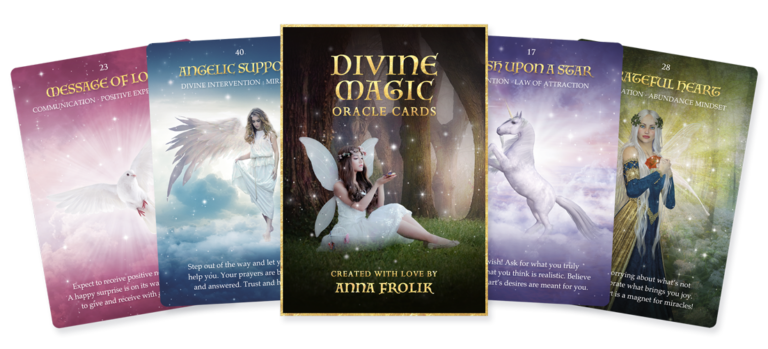How to Use Tarot Cards on Yourself: Unlocking Personal Insight
To use tarot cards on yourself, start by shuffling the deck and focusing on a specific question or intention. Draw a card and reflect on its meaning, applying it to your situation.
Take time to interpret the card’s message, and consider how it relates to your life. Repeat this process for as many cards as you feel necessary, and pay attention to any patterns or insights that emerge. Ultimately, trust your intuition and use the tarot cards as a tool for self-reflection and guidance.
Tarot cards have long been used as a powerful tool for introspection and guidance. Whether you’re seeking clarity on a specific issue or simply looking for self-discovery, learning how to use tarot cards on yourself can be a transformative experience. By following a few simple steps, you can harness the wisdom of the cards to gain insights into your life and navigate your journey with confidence. In this guide, we’ll explore the basics of using tarot cards on yourself, empowering you to unlock their potential for personal growth and introspection.
Understanding The Basics Of Tarot Reading
Understanding the basics of tarot reading is crucial for anyone who wants to dive into the mystical world of tarot cards. It’s not just about shuffling the cards and picking a few at random. Tarot readings require a basic understanding of the history of the cards as well as their symbolism and meaning. Before using tarot cards on yourself, it’s important to grasp the fundamentals of tarot reading to harness their power effectively.
Brief History Of Tarot Cards
The history of tarot cards dates back to the 15th century in Europe. Originally, tarot cards were used for playing games, but over time, they evolved into a tool for divination and spiritual guidance. The tarot deck consists of 78 cards with each card holding its own symbolism and meaning, creating a complex and fascinating system for interpreting divine wisdom.
Overview Of The Major And Minor Arcana
The tarot deck is divided into two main sections: the Major Arcana and the Minor Arcana. The Major Arcana consists of 22 cards, each representing significant life events and spiritual lessons. These cards are powerful and often signify major changes or turning points in one’s life. On the other hand, the Minor Arcana consists of 56 cards divided into four suits: Cups, Pentacles, Swords, and Wands. Each suit represents different aspects of life, such as emotions, material wealth, mental challenges, and personal growth.
Preparing Yourself And Your Space For A Tarot Reading
To prepare for a tarot reading on yourself, create a quiet and calming space. Take deep breaths and relax before shuffling the cards. Focus on a specific question or intention and trust your intuition. Position the cards in a spread and interpret their meaning based on your intuition and knowledge of the cards.
Creating A Sacred Space
Before beginning a tarot reading on yourself, it’s important to create a sacred space that is conducive to deep reflection and connection with your inner self. You can achieve this by finding a quiet and tranquil area where you won’t be disturbed. Consider adding elements such as candles, crystals, or incense to help set the mood and enhance the spiritual energy in the space.
Grounding And Centering Techniques
Grounding and centering techniques are essential for preparing yourself to receive the insights from the tarot cards. To ground yourself, you can practice deep breathing exercises or visualize roots extending from your body into the earth, anchoring you in the present moment. Centering techniques, such as meditation or mindful awareness of your body, can help bring your focus inward, allowing you to attune to the energies present during the reading.
Conducting A Tarot Reading For Personal Insight
Choosing The Right Spread For Personal Insight
When conducting a tarot reading for personal insight, choosing the right spread is crucial. The spread determines the areas of your life that the reading will focus on, and selecting an appropriate one can help you gain deeper self-understanding.
For example, the Celtic Cross spread is a popular choice for personal insight. It offers a comprehensive look at different aspects of your life, such as your past, present, and future, as well as your hopes and fears. This spread provides a detailed and holistic view of your current situation, making it ideal for self-reflection.
Interpreting The Cards In The Context Of Self-reflection
When using tarot cards for personal insight, interpreting the cards in the context of self-reflection is essential. Each card holds symbolic meaning and can reveal insights into your inner thoughts, feelings, and experiences. Remember that the interpretation of the cards should be tailored to your personal journey and the specific questions or concerns you have.
It’s important to approach the interpretation with an open mind and a willingness to explore your own emotions and subconscious thoughts. Use the cards as a tool for introspection, and consider how each card’s imagery and symbolism resonate with your current life circumstances.
Integrating Tarot Insights Into Daily Life
Many people turn to tarot cards for guidance, seeking insights into their lives and the challenges they face. In addition to using tarot for specific questions or concerns, integrating tarot insights into daily life can be a powerful way to deepen your self-awareness and personal growth. When used regularly, tarot cards can serve as a tool for reflection, inspiration, and direction, helping you navigate life’s complexities with greater clarity and wisdom.
Journaling And Reflection Exercises
Journaling and reflection exercises are essential for integrating tarot insights into your daily routine. By recording your tarot readings and thoughts in a journal, you can gain valuable perspective and track your personal growth over time. Here are some journaling and reflection exercises to incorporate into your practice:
- Write down the cards drawn in your tarot readings, along with your initial reactions and interpretations.
- Reflect on how these insights resonate with your current life situations and emotions.
- Record any actions or decisions you plan to take based on the guidance received from the tarot cards.
Using Tarot Cards As A Tool For Personal Growth
Utilizing tarot cards as a tool for personal growth involves working with the insights gained from readings to enhance self-awareness and inner development. Here are some helpful ways to utilize tarot for personal growth:
- Regularly pull a tarot card that represents an aspect of yourself or a personal goal. Consider how the card’s symbolism can inspire personal growth and guide your actions.
- Implement the insights from your tarot readings into your daily affirmations or mindfulness practice, aligning them with your personal growth intentions.
- Engage in a personal development tarot spread, focusing on areas of improvement or challenges you wish to overcome.
Ethical Considerations And Self-care In Tarot Practice
When it comes to using tarot cards on yourself, ethical considerations and self-care play a crucial role in ensuring a responsible and empowering practice. It’s important to establish boundaries, manage emotional responses, and prioritize self-care when engaging with tarot readings. Let’s delve deeper into these key aspects of tarot practice to help you navigate your self-readings with intention and mindfulness.
Establishing Boundaries In Self-readings
Establishing clear boundaries is essential for maintaining a healthy and respectful relationship with tarot cards. When conducting self-readings, it’s important to set boundaries around the frequency and intensity of the readings. Over-reliance on tarot can lead to emotional dependency, so it’s important to establish a consistent and balanced approach to self-reading. Additionally, setting boundaries around the types of questions and topics you explore in your readings can help maintain a sense of privacy and personal respect.
Managing Emotional Responses To Tarot Insights
Managing emotional responses is an integral part of self-care in tarot practice. Tarot readings can unearth deeply personal insights, and it’s natural to experience a range of emotions in response. It’s crucial to approach these insights with an open mind and a sense of curiosity, while also being gentle with yourself if the revelations provoke strong emotions. Practicing self-compassion and reaching out for support when needed can help manage and integrate emotional responses in a healthy and balanced way.

FAQ
What Are Tarot Cards And How Do They Work?
Tarot cards are a deck of 78 cards used for divination, self-reflection, and guidance in various aspects of life.
Can I Use Tarot Cards On Myself For Guidance?
Yes, you can use tarot cards on yourself for self-reflection, gaining insight, and seeking guidance in different life areas.
How Can I Interpret Tarot Card Readings Accurately?
To interpret tarot card readings accurately, trust your intuition, connect with the cards, and understand the symbolism in each card.
Is It Necessary To Have Psychic Abilities To Use Tarot Cards?
No, having psychic abilities is not necessary to use tarot cards. Anyone can use them as a tool for self-discovery and guidance.
Conclusion
Incorporating tarot cards into your self-reflection can provide valuable insight and guidance. Take the time to establish a strong connection with your cards, and trust your intuition as you interpret their messages. By engaging with the cards regularly, you can gain a deeper understanding of yourself and your life’s path.
Embrace this spiritual tool as a means to empower and enlighten yourself.

